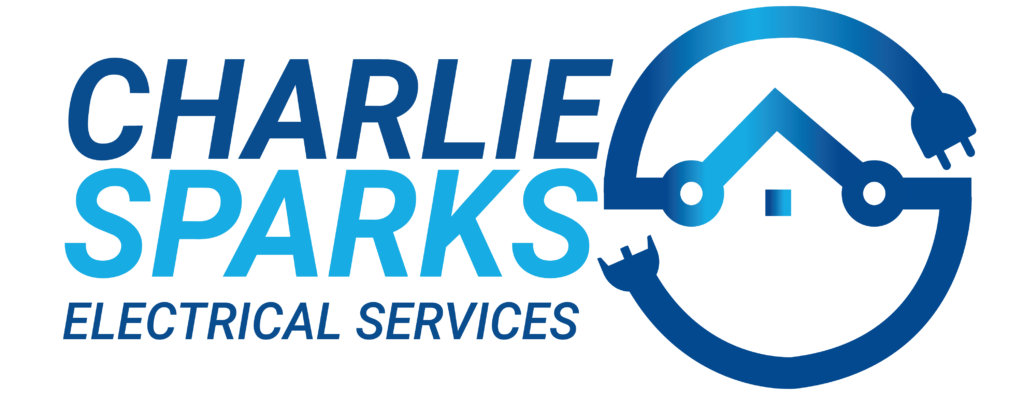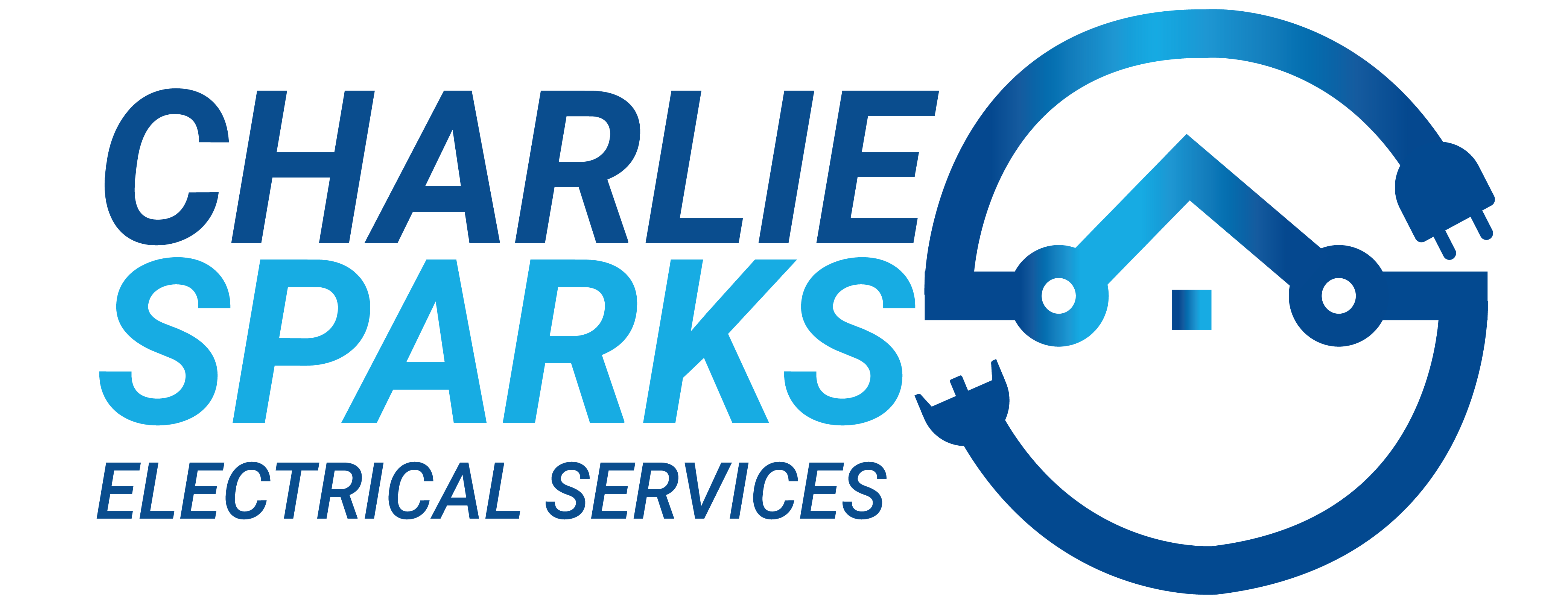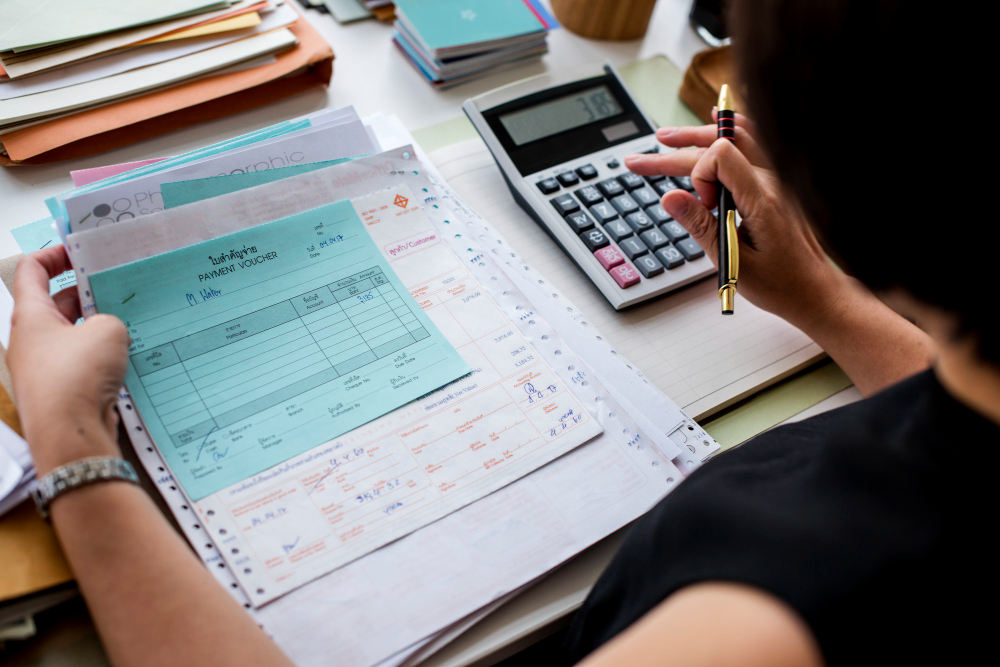Tried and Tested Ways to Help Decrease Your Electricity Bill
We Aussies have created a record when it comes to adopting renewable energy.
Now, consumer attitudes are rapidly changing due to the rising cost of living and environmental concerns.
At Charlie Sparks, we believe residents can reduce their power bills by controlling consumption and investing in solar.
Electricity bills account for a considerable percentage of the household budget. Based on various studies and our on-field experience, we present the following tried and tested tips designed to show results.
Is Your Home Insulated?
Insulation plays a key role in reducing heating and cooling costs.
You can considerably control the temperature inside your house by ensuring the property is well-insulated. It helps retain heat in winter while keeping cool during those hot summer days.
How much can insulation save? Well, studies conducted by the Victorian Government suggest it can help cut the power bill by as much as 45 percent annually.
A few basic steps can help ensure there are no gaps for the air to enter or escape.
First, use sealer, putty, or sealant strips to seal cracks around windows and doors. Further, foam-foil or flexible foam can take care of gaps between plumbing pipes.
If you plan to renovate windows, choose double-glazed ones.
Monitor the Heating and Cooling System
Like most homeowners, you certainly want the HVAC system to save electricity and work efficiently. But, do you know what should be the ideal optimum temperatures for cooling and heating? Any guesses? At Charlie Sparks, we suggest the heating temperature in winter be around 18 to 20 degrees, while the cooling temperature of 25 to 27 degrees in summer is sufficient.
Remember, the AC won’t work efficiently if it is not dust-free. Therefore, maintenance is crucial for both fans and the air conditioning system. The latter needs a filter change at least once in six months. You certainly want clean air to circulate in the house, don’t you?
Lastly, try to use ceiling fans instead of AC whenever possible. Choose a fan with reverse or winter mode. These devices can make the room upto 3°C cooler by circulating air properly.
Most fans cost just 2 cents each hour. And this is considerably lower than the air conditioning system.
No ‘Standby’ Mode
You undoubtedly know that microwaves, dishwashers, washing machines, computers, and smart TVs have a standby mode. But do you know these devices end up consuming electricity while in this mode? Studies have proved they consume a considerable amount of energy in the setting.
The standby mode can cost an overall $100 annually. So why keep on paying for nothing? Thus, it is always better to turn devices off while not in use.
The Way Through the Kitchen
Your refrigerator, microwave, dishwasher, electric stove, and exhaust consume considerable power. And, of course, the first defense is choosing energy-efficient devices.
Avoid keeping the refrigerator door open unnecessarily. Ensure there are no gaps around the fridge, freezer, or microwave door. Plus, use an economy setting, and turn off these machines from the powerpoint when not in use.
The exhaust fan does help in freshening the air. However, ensure you don’t keep it running unnecessarily.
Lighting
You guessed right; lighting systems account for 6 to 10 percent of monthly electricity costs. However, you can easily control and even reduce this percentage.
First, ensure the natural light reaches all areas of your house during the day.
Place lamps near the sofa, chairs, or other pieces of furniture. Use task lights wherever required.
Ensure you use only LEDs or fluorescent lamps instead of old light bulbs.
These energy-efficient lights last longer, save substantial energy and help create a pleasing atmosphere.
Opt for a Smart Meter
A smart meter makes your house eligible to enroll in the time of use tariff.
Under the time of use tariff, you will have to pay slightly more for units used during peak demand periods. Yes, the rate will be the least expensive during off-peak hours, including overnight and weekends. The shoulder period lies between peak and off-peak hours.
Your smart meter helps you with details of the applicable rates. In addition, it offers a simplified look at the energy consumption pattern. So, you can schedule the use of appliances during off-peak hours and save on your energy bills.
Remember, minor changes in the usage pattern do have a tremendous impact on the bill.




